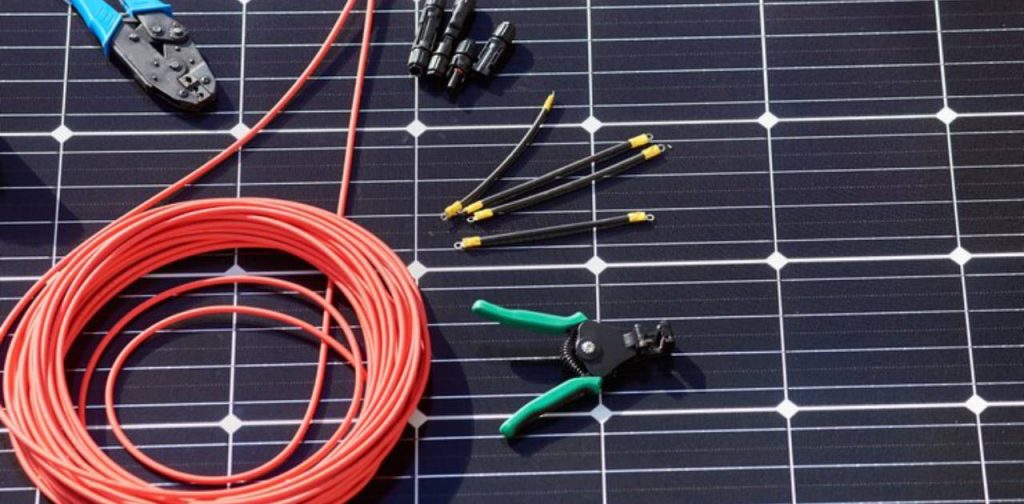Introduction:
In an era dominated by environmental concerns and escalating energy costs, the demand for sustainable and off-grid power solutions is on the rise. Among the most popular options is the solar off-grid system, providing a reliable and clean energy source. However, the intricacies of wiring can be daunting for many. In this comprehensive guide, we will delve into the wiring details of a solar off-grid system, ensuring a clear understanding for enthusiasts and DIYers alike.
Understanding the Basics:
Before delving into the wiring specifics, it’s crucial to grasp the fundamental components of a solar off-grid system:
1. Solar Panels:
– Positioning and orientation are critical for optimal sunlight exposure.
– Connect panels in series or parallel to achieve the desired voltage and current.
2. Charge Controller:
– Regulates the charge to prevent overcharging and damage to batteries.
– Connect the solar panels to the charge controller.
3. Battery Bank:
– Stores excess energy for later use.
– Connect batteries in series or parallel to achieve the desired voltage and capacity.
4. Inverter:
– Converts DC power from the battery bank to AC power for household appliances.
– Size the inverter appropriately to handle the total load.
Wiring Components:
1. Solar Panel Wiring:
– Use appropriate gauge wires based on the distance and current capacity.
– Connect panels in series for higher voltage or parallel for increased current.
– Connect the solar panel array to the charge controller
2. Charge Controller to Battery Wiring:
– Use appropriately sized cables to minimize voltage drop.
– Connect the charge controller to the battery bank, ensuring correct polarity.
– Fuse the positive connection for added safety.
3. Battery Bank Wiring:
– Connect batteries in series to increase voltage, or in parallel to increase capacity.
– Maintain consistent cable lengths to ensure even charging and discharging.
– Implement a battery disconnect switch for safety during maintenance.
4. Inverter Wiring:
– Connect the inverter to the battery bank using appropriately sized cables.
– Use a fuse or circuit breaker on the positive line to protect against overcurrent.
– Connect the inverter’s AC output to the main distribution panel.
5. AC Distribution Panel Wiring:
– Distribute AC power to various loads in your off-grid setup.
– Label circuits and use appropriate wire sizes for each load.
– Implement safety features like GFCI protection where needed.
Safety Considerations:
1. Fusing and Circuit Protection:
– Install fuses or circuit breakers at key points to protect against overcurrent.
– Size fuses based on the wire’s capacity to prevent overheating.
2. Grounding:
– Ground the entire system to protect against electrical faults.
– Follow local electrical codes and guidelines for proper grounding.
3. Regular Maintenance:
– Inspect and tighten connections regularly.
– Monitor battery levels and replace batteries as needed.
Conclusion:
Wiring a solar off-grid system may seem daunting, but with a clear understanding of the components and careful attention to detail, it becomes an achievable and rewarding DIY project. By following the guidelines outlined in this comprehensive guide, you can embark on your journey towards energy independence, reducing your carbon footprint while enjoying the benefits of a reliable, off-grid power solution.





